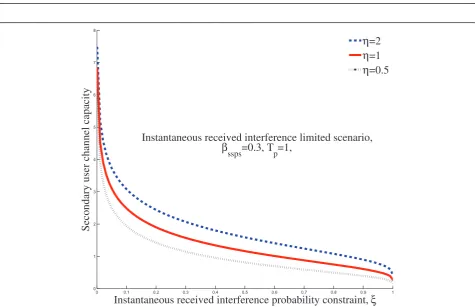On the capacity of Rayleigh fading correlated spectrum sharing networks
Full text
Figure




Related documents
The use of first person deixis in this song is represented by deictic words “I, My, Me”.Next, the words that indicate second person deixis are showed by deictic
Bakgrunn: Rusmiddelavhengige er en stigmatisert gruppe i både samfunnet og i helsevesenet, og negative holdninger ovenfor denne gruppen kan være et problem i behandlingen.. Å
Private operators engaged in public bus transport of passengers on the territory of the City of Skopje have also renewed as much as 70-80% of their bus fleet with
To calculate a relationship for the solar radiation available on the titled surface and the energy output of the PV generator, data from a photovoltaic module BP SX
Such infections are likely to induce hepatocellular damage; therefore, the viral aetiology should always be considered while diagnosing
Comfort, O comfort my people, says your God. Speak tenderly to Jerusalem, and cry to her that she has served her term, that her penalty is paid, that she has received from the
To assess types and associated factors of stroke at Adama hospital medical college,
To practice social-scientific thinking that is informed by disciplinary ways of understanding evidence and arguments may seem unnatural for students (Wineburg, 2007) and as
